Nippara Limestone Cave Invites you to a Timeless Mystical World
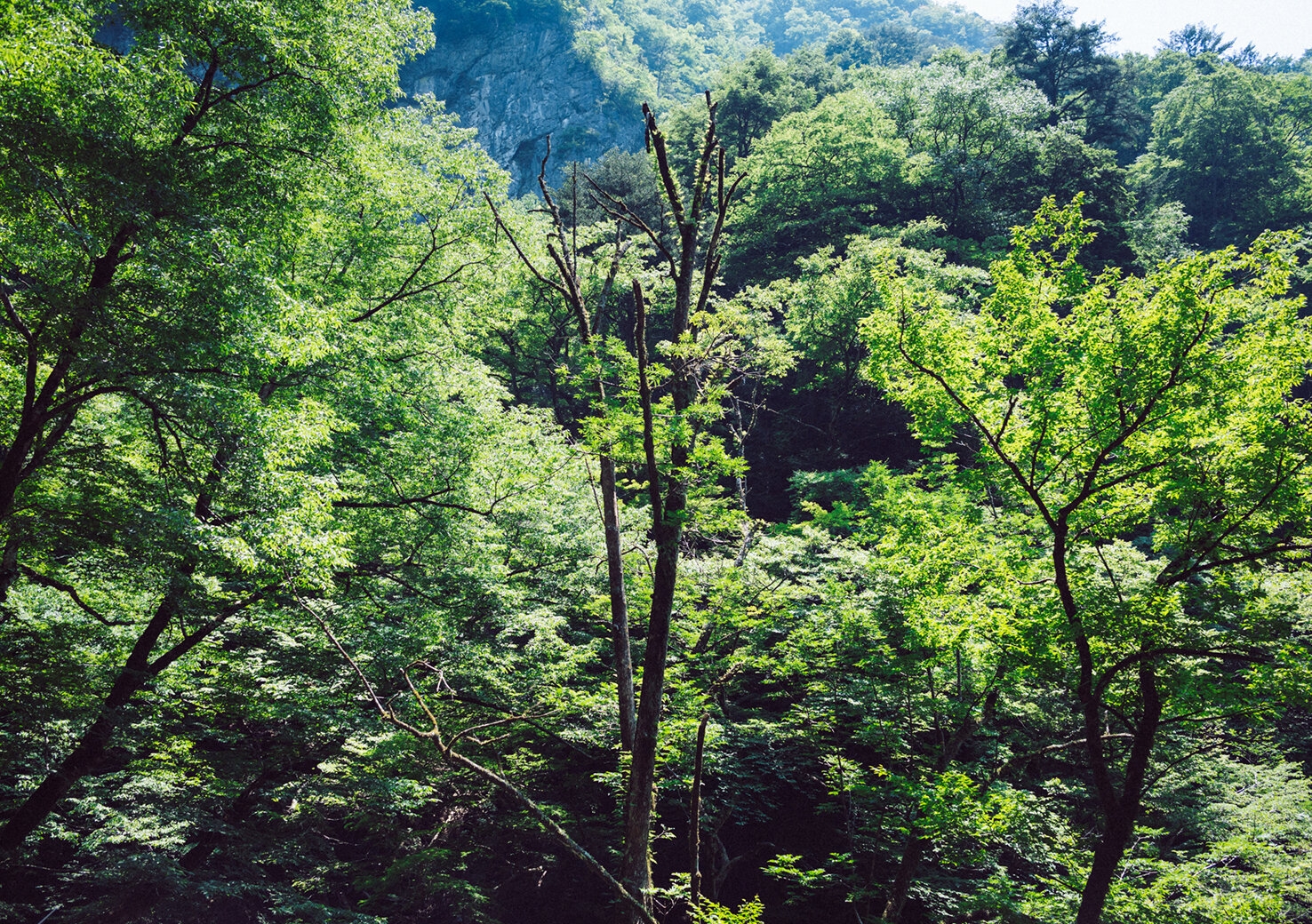
On a scorching hot summer day, I visited Nippara Limestone Cave in Okutama to cool down. Home to the biggest limestone cave in the Kanto Region, this natural treasure of Tokyo is visited by people of all ages who want to enjoy nature's wondrous creation.
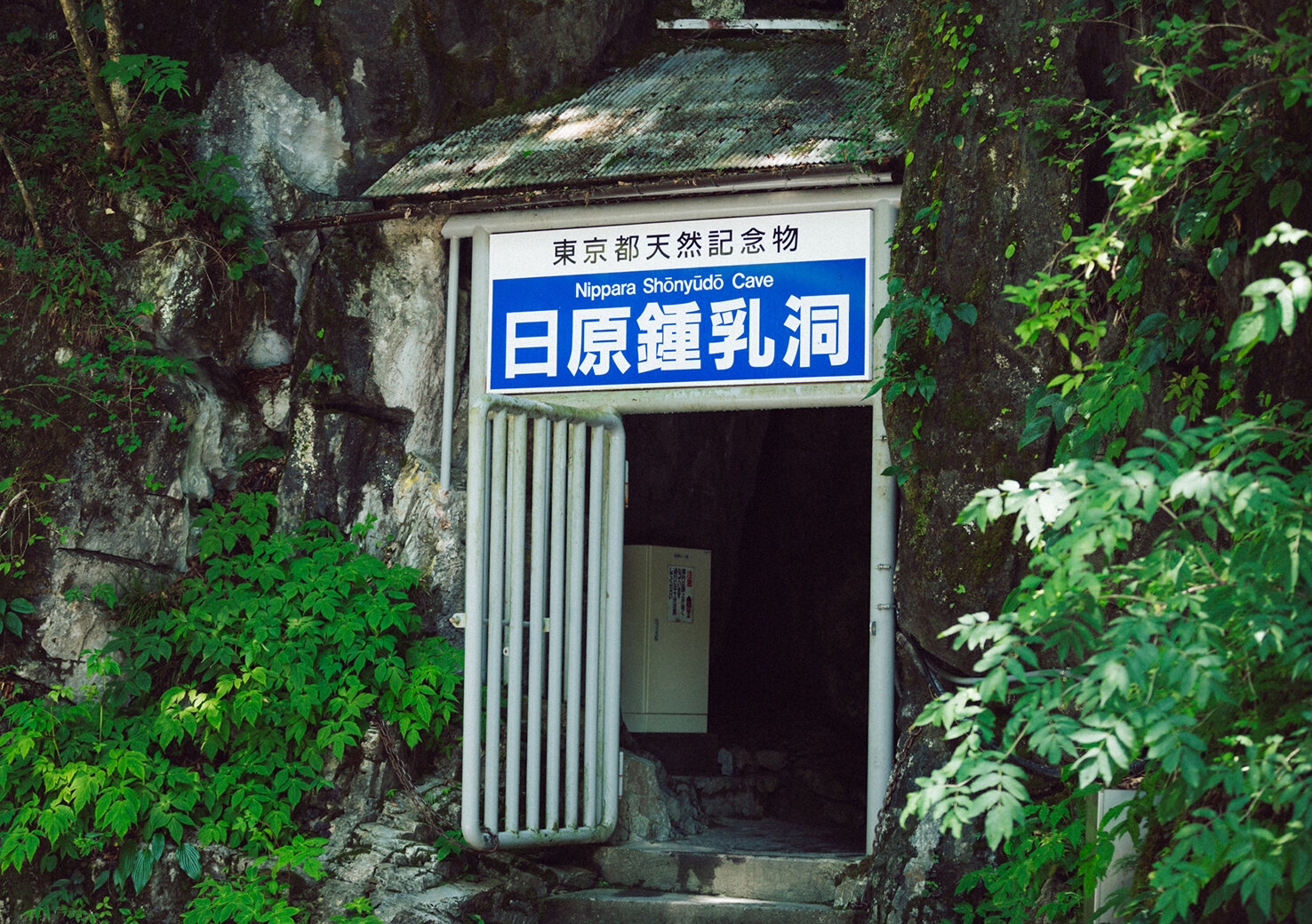
The average temperature inside the cave is 11℃ (about 52°F) -no wonder people were putting on their jackets near the entrance. Temperature control happens naturally here; the caves are cool in summer and warm in winter. Cool air can be felt as soon as you stand by the entrance. Once I stepped inside the cave, it felt like walking through a cold fog.
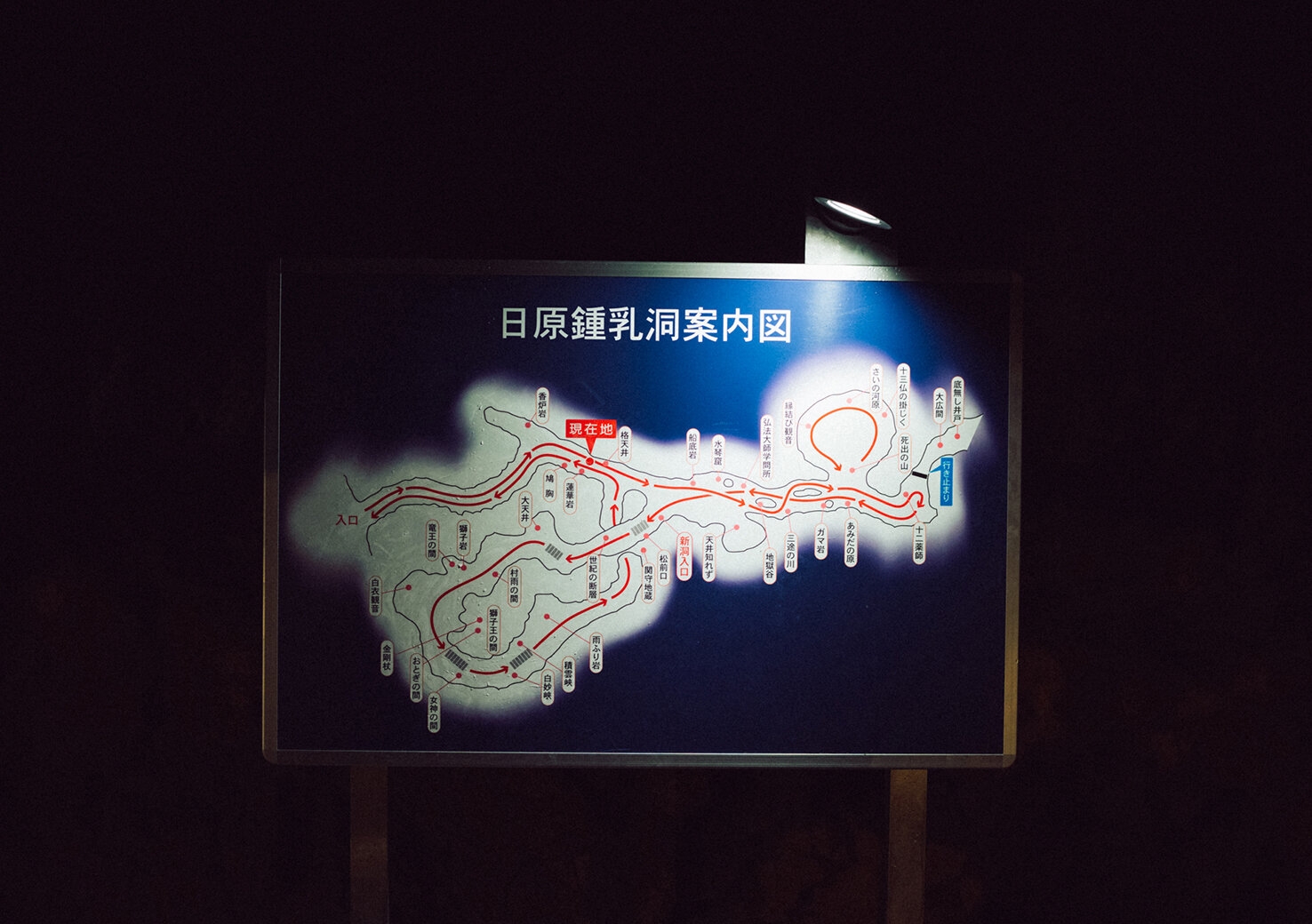

While walking along the path, I recognised that noticeboards at various spots featured Buddhist jargon. This is because Nippara Limestone Cave has been a sacred place for monks of the Buddhist sect, Shugendo, who live in the mountains to undergo severe ascetic training. Remnants of the practices can be seen inside one cavern, where the monk Kōbō-Daishi (774-835), who spread the esoteric Buddhist teachings of Shingon Mikkyo from China to Japan, is said to have practiced asceticism.
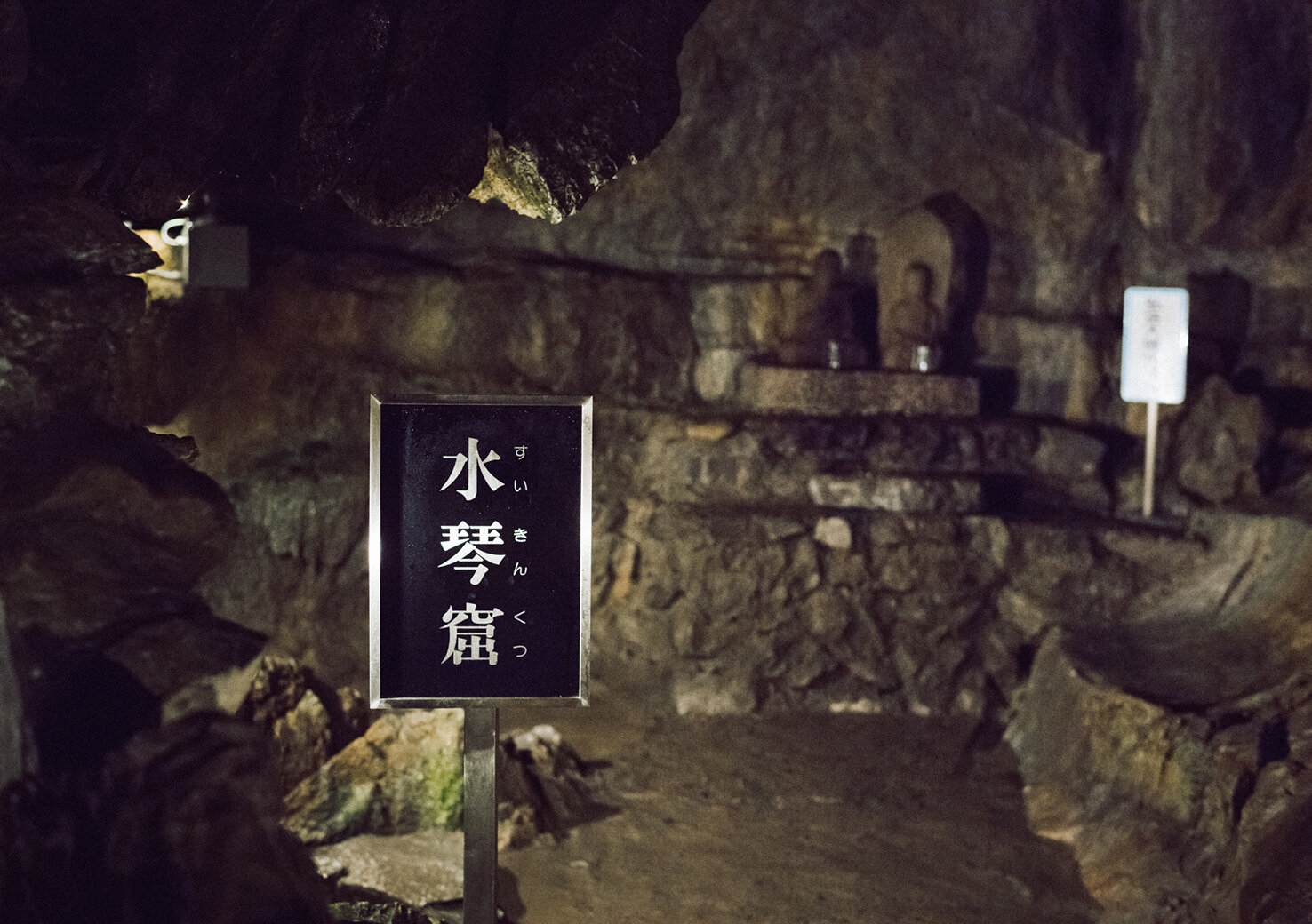
Suikinkutsu is one spot that shouldn't be missed. If you are still and listen carefully, you will hear a soft transparent sound caused by the vibration of water dripping inside a pot buried underground. You can't help but close your eyes and be besotted by its subtle and profound melody.

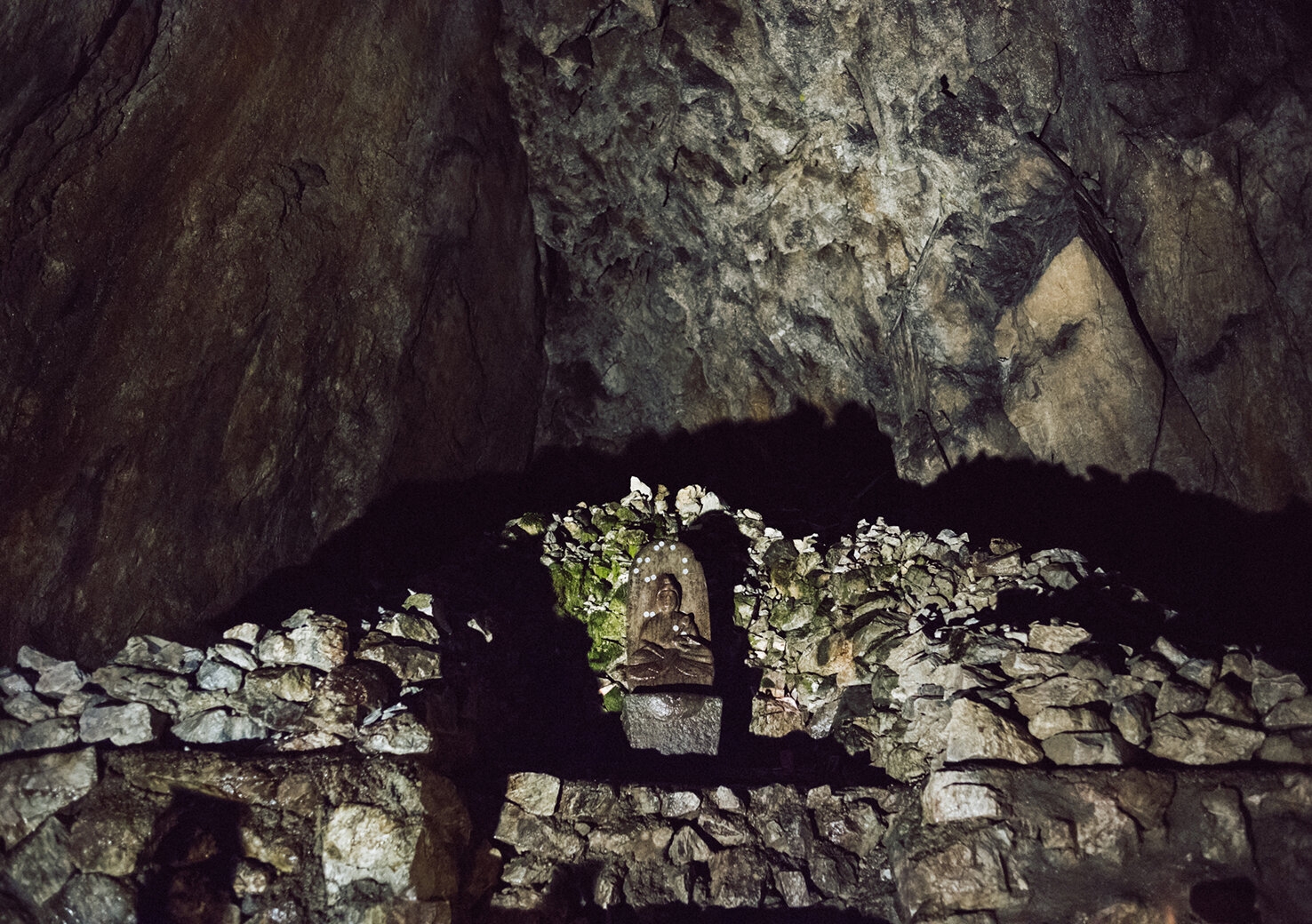
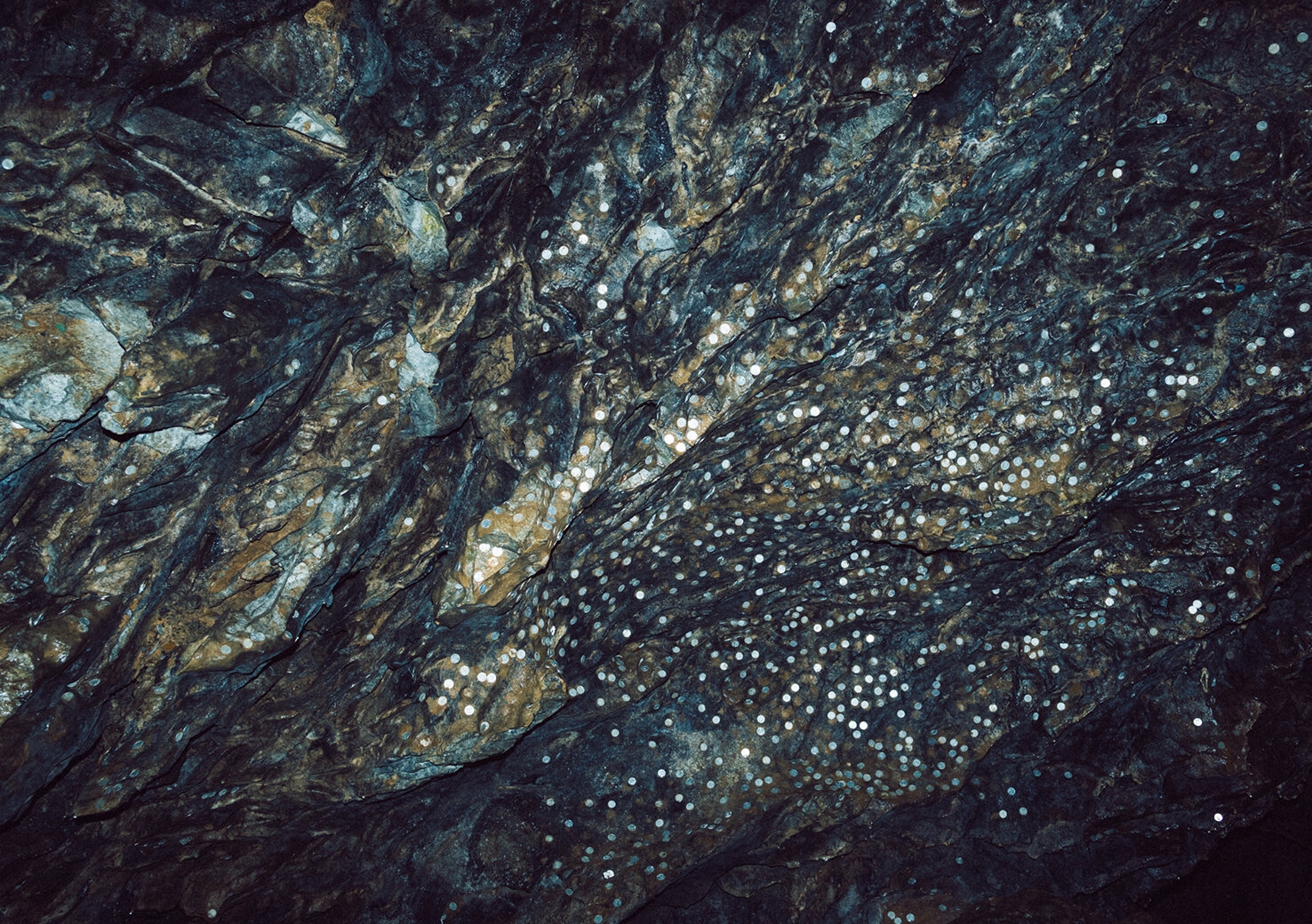
Further into the cave, we found a vast chamber called Shidenoyama that was lit up with colorful lights. It is hard not to wonder how such an enormous underground space was formed by nature. Blown away by the mystical atmosphere, I climbed a flight of stairs to arrive at Sainokawara, where the statue of Enmusubi-Kannon (goddess of matchmaking) stands. Dull, silver-colored objects were stuck on rocks around the Kannon. After looking more closely, I found that they were one yen coins. Visitors are said to leave them there to ask for prayers and wishes.
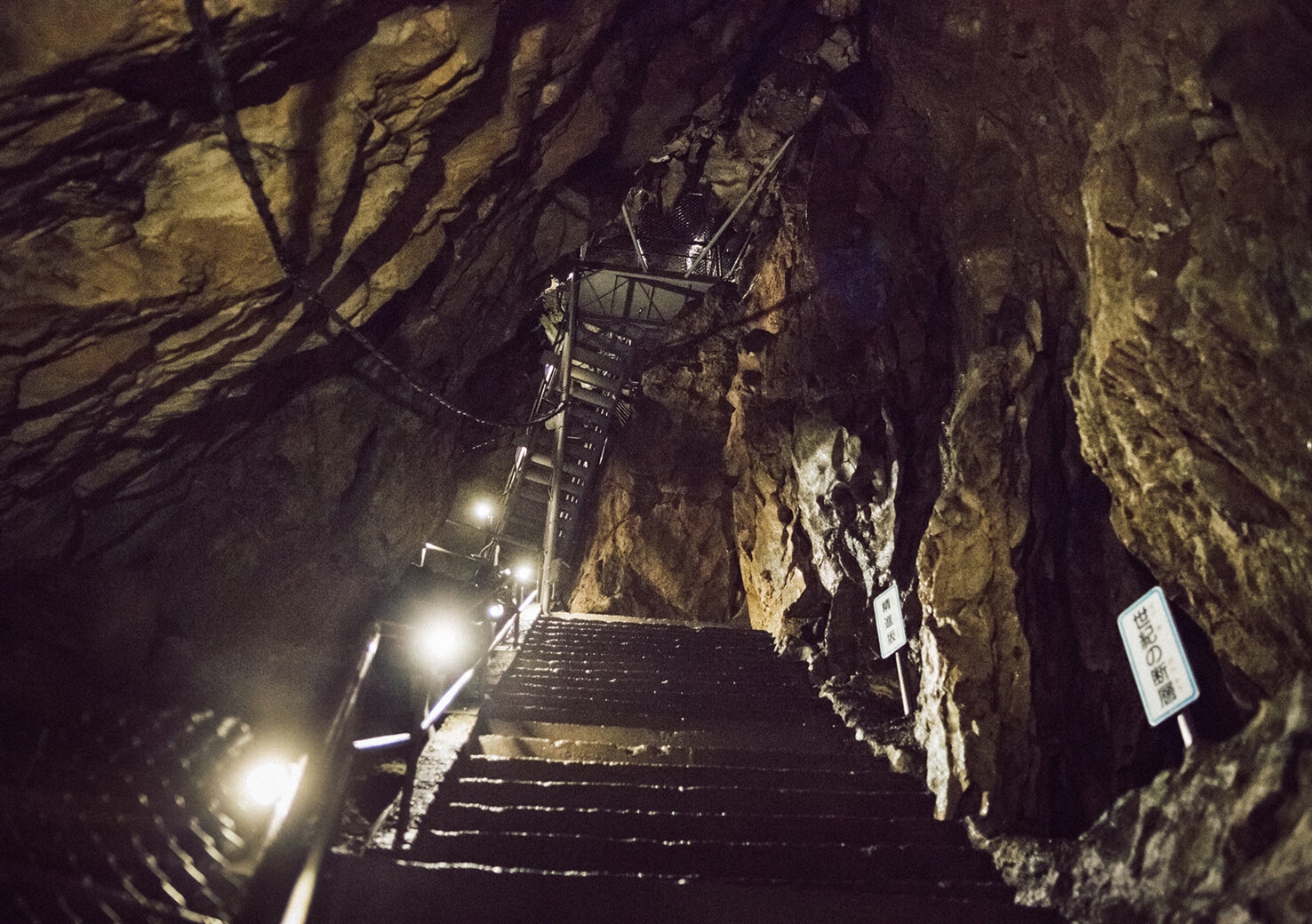
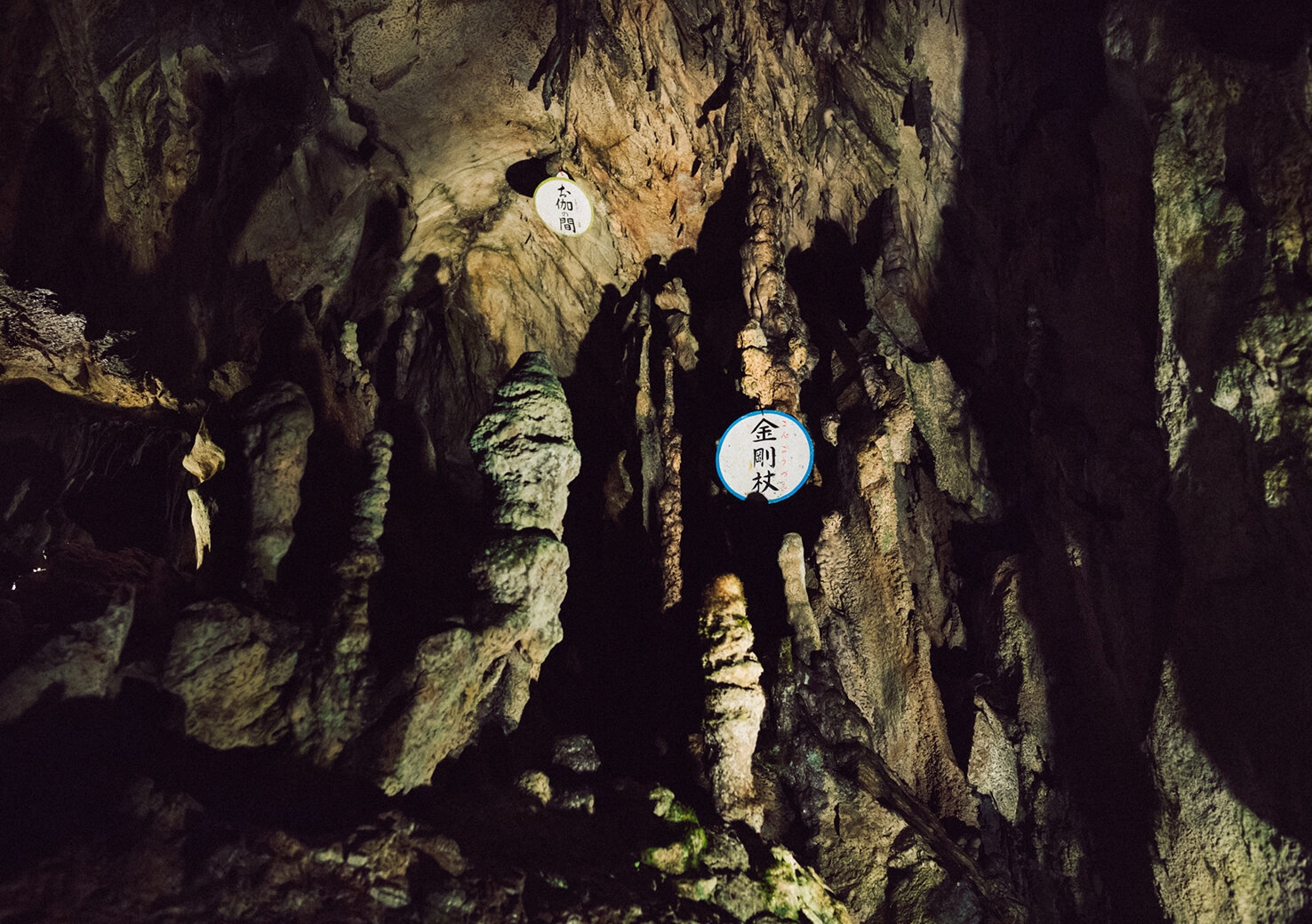
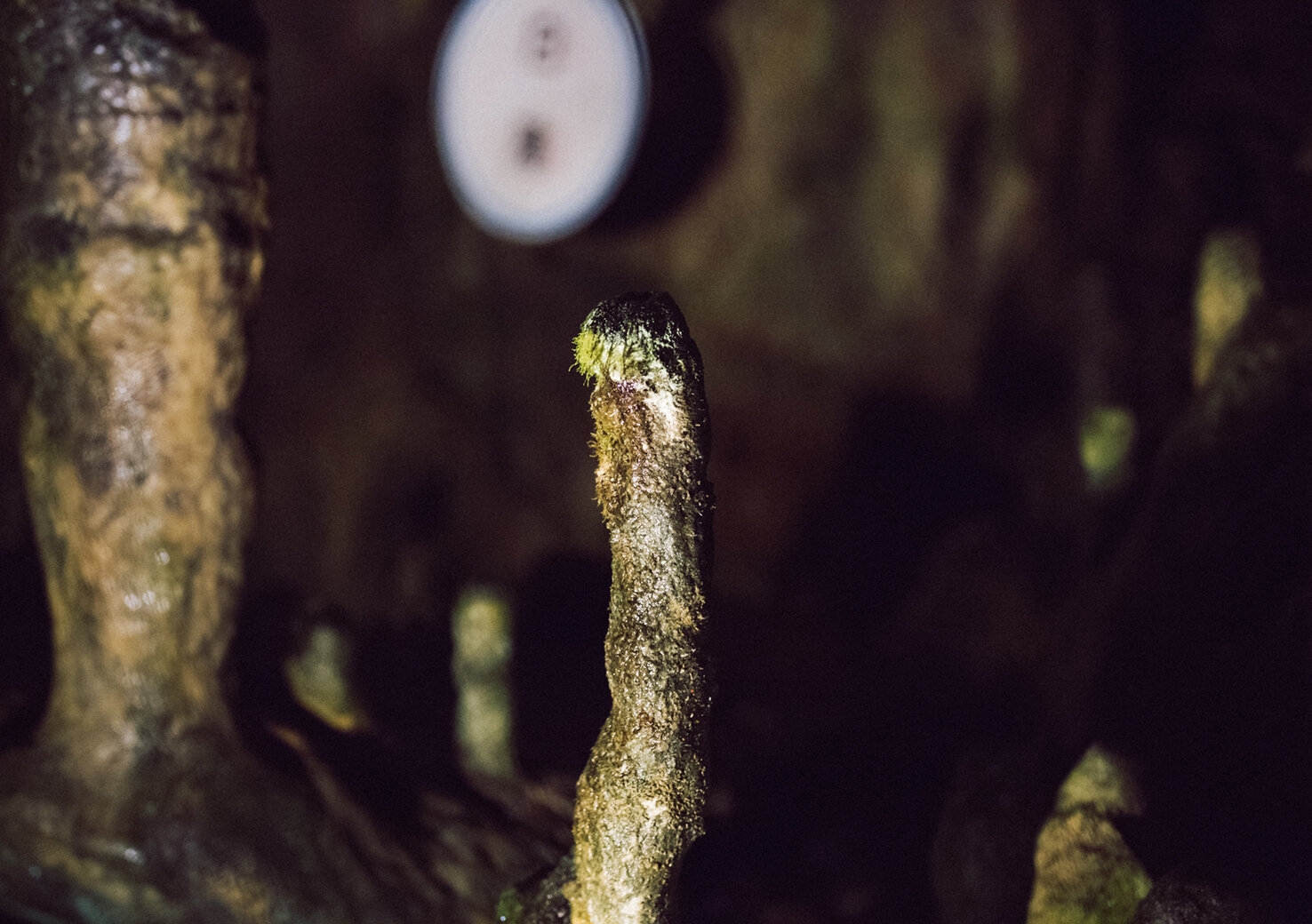
After walking around Sainokawara and returning to Suikinkutsu, we climbed a flight of steep stairs that leads to a limestone cave (Shindo). This underground chamber--featuring stalactites hanging from the ceiling, stalagmites coming up from the ground, and pillars formed when the two deposits meet--was discovered only 55 years ago.
It takes about 70 years for stalactites and about 130 years for stalagmites to grow one centimeter inside the cave. That means the deposits are formed over several hundred thousand years. A 2.5 meter high stalagmite named Kongozue (Pilgrim's Staff) was especially wonderful.
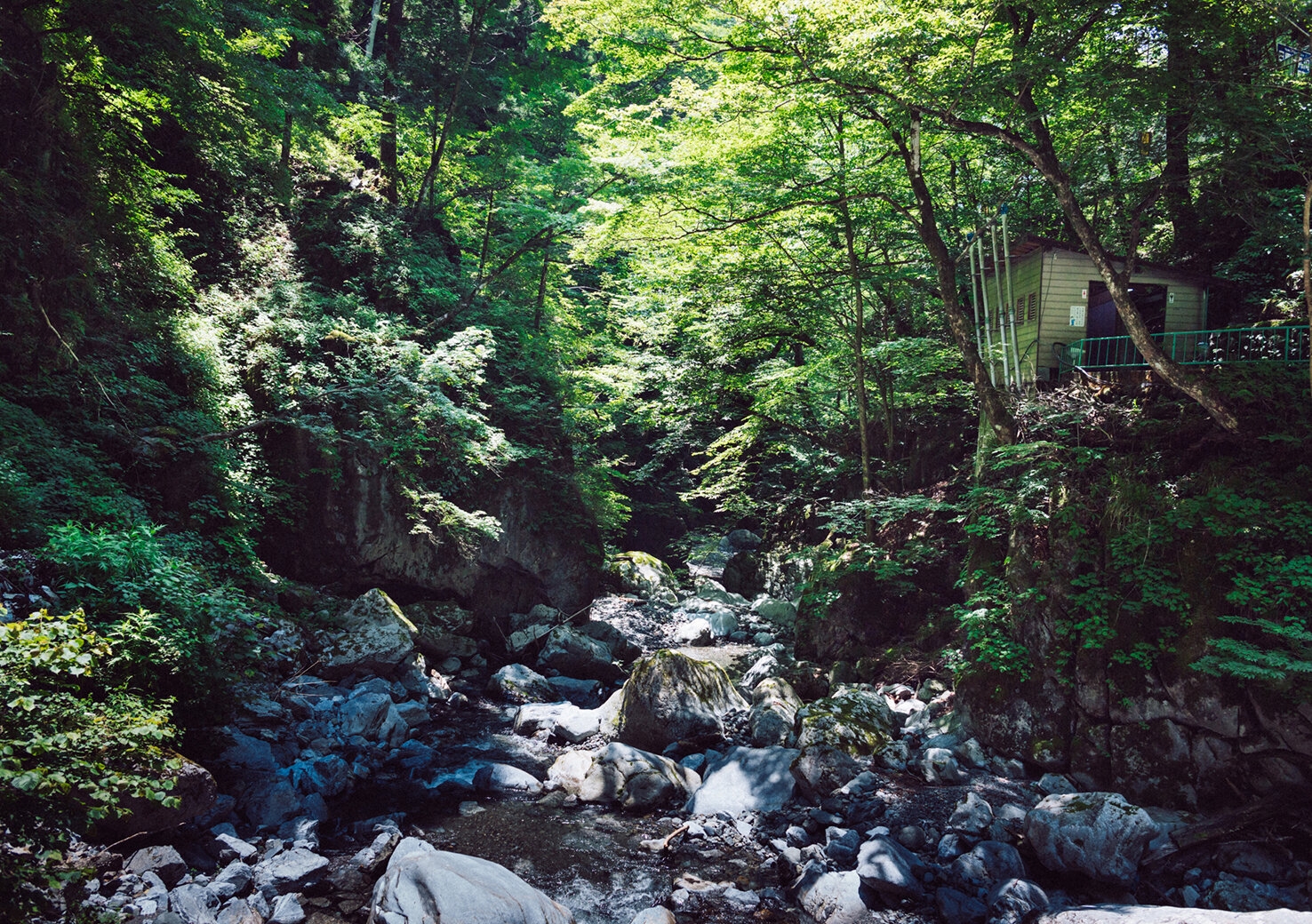
Upon returning to the entrance and stepping outside the cave, the summer heat hit us as if our time inside had been a dream. The underground space created by time was a fantasy world that not only made me forget the heat of summer but also about reality.
Nippara Limestone Cave
Address: Nippara, Okutama-machi, Nishitama-gun
Access: On weekdays, take the Nishi-Tokyo Bus from JR Ome Line Okutama Station and walk for five minutes from the Shonyudo bus stop.
On weekends, public holidays, and in August, take the Nishi-Tokyo Bus from JR Ome Line Okutama Station and walk for 25 minutes from the Higashi-Nippara bus stop.
Tel: 0428-83-8491
Opening hours: April 1-November 30, 8:00-17:00; December 1-March 31, 8:30-16:30
Closed: December 30-January 3
Website: www.nippara.com
*This article was posted on the Life in Tokyo website operated by the Tokyo International Communication Committee on September 25, 2017.
